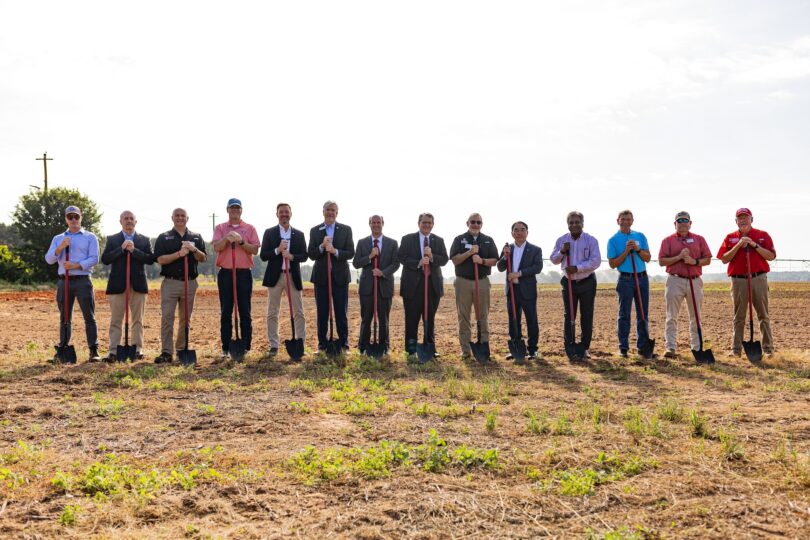By Wade Hutcheson
University of
Georgia
At Berry College in 1992, I was working at Oak Hill, Martha Berry's home. I had an opportunity to help transplant native azaleas from a national forest back to Berry.
What was sold as an opportunity turned out to be a lot like work. Over two days, three of us dug, tugged, wrapped and toted 35 native azaleas out of the woods to the truck. The truck was always uphill. Each azalea had been carefully dug to keep as many roots intact as possible.
At the end of the second day, even my hair hurt (I had some back then). But I knew our effort would pay off and was glad to have been a part.
Transplanting success
Then we got back to Oak Hill and, of course, our prizes had to be replanted. And as my luck would have it, every planting site was uphill. Fortunately for my aching back, there were more hands to help replant.All 35 azaleas survived and put on a spectacular bloom the next spring, mainly because we had packed their bags.
We did this during the week after Thanksgiving, which brings me to this point. If you have a tree or shrub in need of transplanting, now is the time. Digging conditions are as good as they're going to get.
Fall is always perfect for transplanting. And due to our unusually heavy rainfall in October, the soil is in good working shape.
The key to success
The key to success in transplanting is taking roots -- the more the better. I've often heard people describe the process as digging a big root ball, which to some means a lot of soil. If there are no roots in that soil, it really doesn't matter how big the ball is. The roots need to go with it.Start by exploring the soil at least 4 feet away from the trunk. Use a spading fork or other probing tool to help find the major roots.
Once you find all the major roots, gently dig, lift and pull them out of the ground. Follow them out as far as you can. And try to leave the big roots intact. Some may need to be pruned to keep the job doable.
Then return to the trunk and dig under and around the main trunk at least 2 feet around. You should find roots underneath that will need to be pruned. Rocking and lifting (don't forget the grunts) will help you identify roots.
Keep root mass intact
Again, try to keep as much of the root mass intact as possible. Shave away the soil to help lighten the load.While you've worked hard to get to this point, it's about to get harder. Now the plant needs to be lifted and moved to the new site.
You may need to call in a few favors from neighbors. Some will carry the main trunk, and some may be needed to tote major roots. Use a sturdy tarp or heavy burlap to wrap the main root ball with while moving.
Try to keep as much soil around the roots as you can, but I'll trade soil for roots any day.
The new planting site should be ready to receive the plant when it arrives, including amending the soil in a large area and not just the planting hole.
Incentive to plant properly
All of your hard work to dig the plant up should be incentive to provide a great new home. Heavily amend an area five times the size of the root ball to be planted. Remove the burlap before planting.(Before you do any of this, think about the new site. Make sure it's suited for the plant now and in the future. Don't end up having to move it again.)
If all goes well, all that's left is backfilling soil. You may need to adjust the hole size and shape to accommodate the major roots. Spread them out as they were in the original site. I've even dug "ditches" in order to replant some of my transplants' roots.
Water to settle the soil. It shouldn't need much watering after that until spring. Next summer, it may need weekly watering if rainfall is short.
Not moving again is exactly my goal. Plants will travel successfully, however, if you take time to pack their bags first.
For more information, contact the University of Georgia Extension Service in your county.






